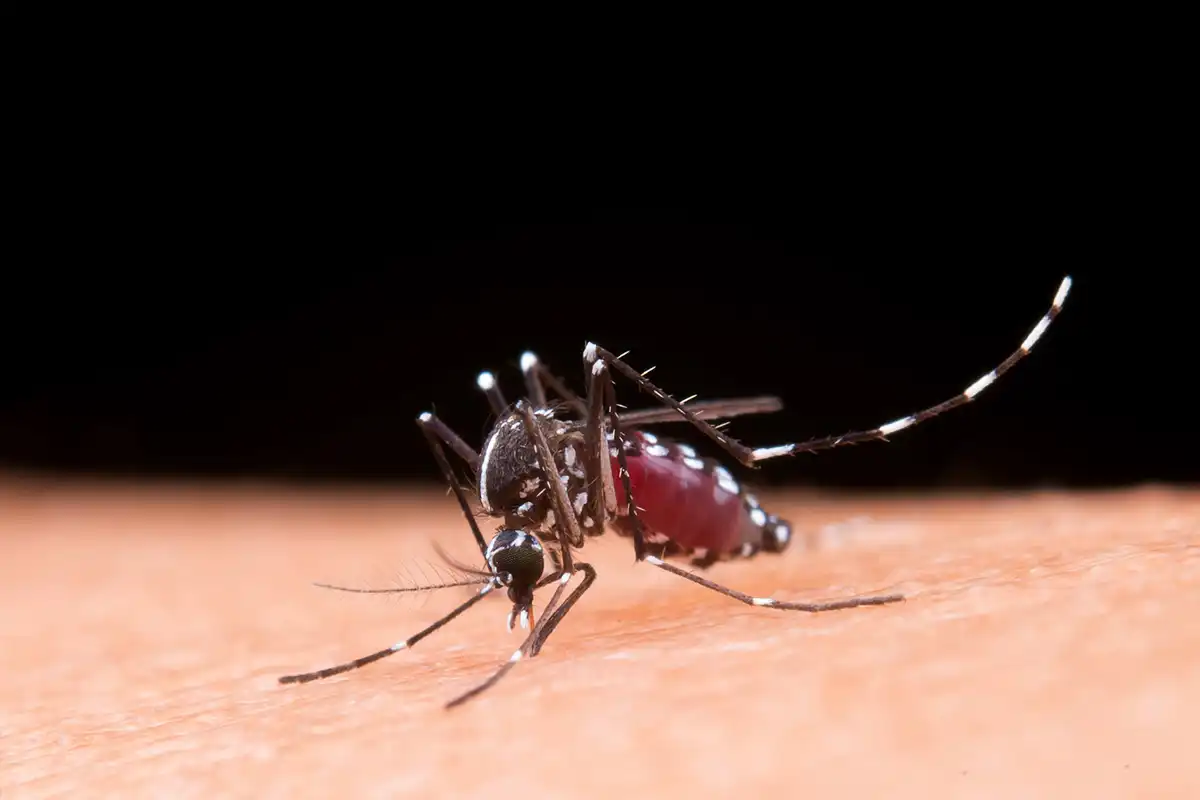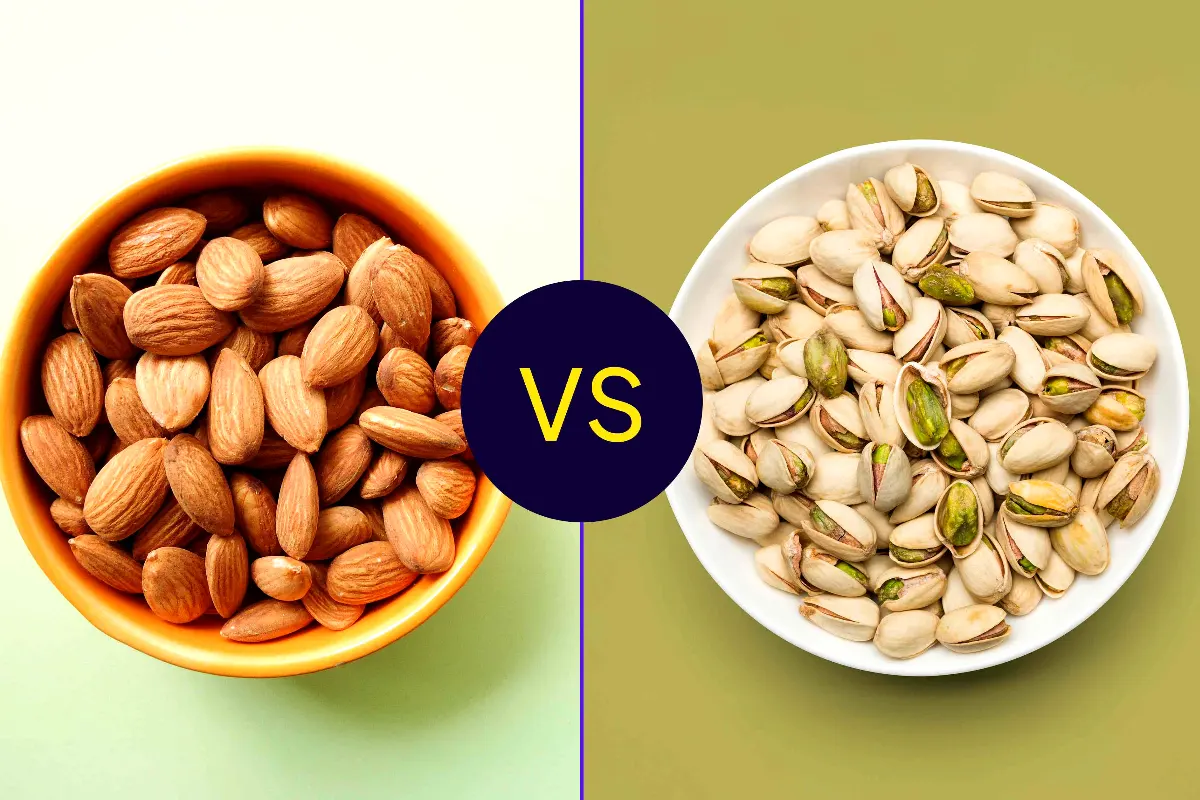Pollen count in Islamabad today 25 March 2025

Pollen count in Islamabad today 27 March 2025
The Pakistan Meteorological Department (PMD) reported an alarming surge in pollen levels in Islamabad on Tuesday, with the highest concentration recorded at 40,532 particles per cubic meter in the H-8 sector.
This extreme pollen count poses serious health risks, particularly for allergy and asthma patients.
Pollen Levels Across Key Sectors
- H-8 Sector: 40,532 (Extremely High)
- G-6 Sector: 9,794 (High)
- E-8 Sector: 8,679 (High)
- F-10 Sector: 6,583 (Moderate to High)
Dominant Pollen Types
The most prevalent pollen in Islamabad comes from:
- Paper Mulberry (Broussonetia papyrifera) – 40,329 (Extremely High)
- Grasses – 84 (High)
- Cannabis – 59 (High)
- Pines – 38 (Moderate)
- Alternaria (fungal spores) – 22 (Low)
- Dandelion – 03 (Low)
- Acacia & Eucalyptus – Zero (Negligible)
Health Advisory for Residents
With Paper Mulberry pollen dominating the air, medical experts warn of severe allergic reactions, including:
✔ Sneezing, runny nose, and nasal congestion
✔ Itchy, watery eyes
✔ Asthma attacks and breathing difficulties
✔ Skin rashes in sensitive individuals
Precautionary Measures Recommended:
- Stay indoors during peak pollen hours (early morning & late afternoon).
- Keep windows closed and use air purifiers if available.
- Wear masks (N95 recommended) when going outside.
- Use prescribed antihistamines or nasal sprays after consulting a doctor.
- Shower and change clothes after returning home to remove pollen particles.
Why Is Pollen So High in Islamabad?
- Paper Mulberry trees, introduced in the 1960s for urban greening, are the primary culprit, releasing massive amounts of pollen in spring.
- Dry, windy weather disperses pollen rapidly, increasing exposure.
- Climate change may be extending the pollen season and intensifying concentrations.
Authorities’ Response
The PMD continues to monitor pollen levels daily, providing updates to help residents take preventive measures. The Capital Development Authority (CDA) has previously considered replacing Paper Mulberry trees with less allergenic species, but no large-scale action has been taken yet.
When Will Pollen Levels Drop?
Pollen counts are expected to remain high until mid-April, after which temperatures rise, reducing pollen production. However, sporadic spikes may still occur.
Residents, especially those with respiratory conditions, are urged to follow medical advice and minimize exposure during this critical period.
Catch all the Health News, Breaking News Event and Trending News Updates on GTV News
Join Our Whatsapp Channel GTV Whatsapp Official Channel to get the Daily News Update & Follow us on Google News.














